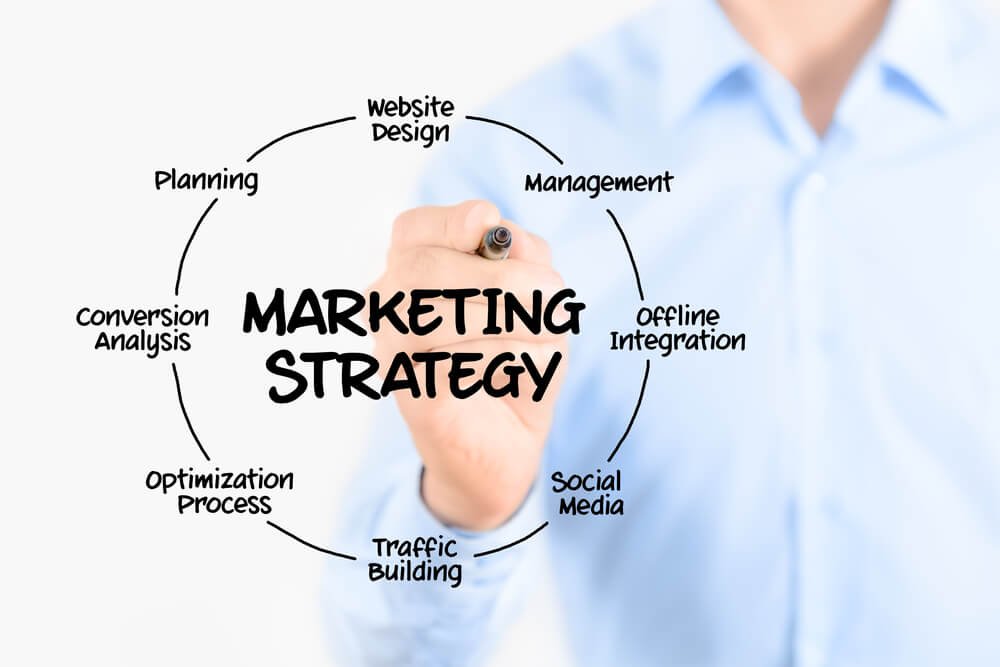Effective Internet Marketing Techniques
The digital age has revolutionized how businesses reach and engage with their customers. Internet marketing, also known as online or digital marketing, encompasses a variety of strategies and techniques used to promote products or services online. Here’s an in-depth look at some of the most effective internet marketing techniques that can help your business grow.

1. Search Engine Optimization (SEO)
SEO is the process of optimizing your website to rank higher on search engine results pages (SERPs). The higher your site ranks, the more visibility it gains, leading to increased traffic. Key aspects of SEO include keyword research, on-page optimization, link building, and technical SEO.
- Keyword Research: Identifying the terms and phrases your target audience uses to search for your products or services.
- On-Page Optimization: Enhancing individual web pages to rank higher, including optimizing meta tags, headers, and content.
- Link Building: Acquiring backlinks from other reputable websites to increase your site's authority.
- Technical SEO: Improving the technical aspects of your website, such as site speed, mobile-friendliness, and crawlability.
2. Content Marketing
Content marketing involves creating and sharing valuable, relevant content to attract and engage your target audience. This can include blog posts, videos, infographics, and more. The goal is to provide informative content that addresses the needs and interests of your audience, establishing your brand as an authority in your industry.
- Blogging: Regularly publishing articles that provide insights, tips, and information related to your industry.
- Video Marketing: Creating engaging videos that can be shared on platforms like YouTube and social media.
- Infographics: Designing visually appealing infographics that simplify complex information.
- E-books and Whitepapers: Offering in-depth resources that require an email signup, helping to generate leads.
3. Social Media Marketing
Social media platforms like Facebook, Instagram, Twitter, and LinkedIn offer powerful tools for connecting with your audience. Social media marketing involves creating and sharing content on these platforms to drive engagement and promote your brand.
- Content Creation: Developing posts, images, and videos tailored to each platform.
- Community Engagement: Responding to comments, messages, and interactions from your followers.
- Paid Advertising: Using social media ads to target specific demographics and increase reach.
4. Email Marketing
Email marketing remains one of the most effective ways to nurture leads and maintain relationships with your customers. By sending targeted emails, you can provide valuable information, promote products, and encourage customer loyalty.
- Newsletter Campaigns: Regularly updating subscribers with company news, industry insights, and special offers.
- Automated Email Sequences: Setting up automated emails that trigger based on user behavior, such as welcome emails or cart abandonment reminders.
- Personalization: Customizing emails based on user data to increase relevance and engagement.
5. Pay-Per-Click (PPC) Advertising
PPC advertising involves paying for ad placement on search engines and other platforms. You only pay when a user clicks on your ad, making it a cost-effective way to drive traffic.
- Google Ads: Running ads on Google’s search engine and display network.
- Social Media Ads: Creating ads on platforms like Facebook, Instagram, and LinkedIn.
- Retargeting: Displaying ads to users who have previously visited your site to encourage conversions.
6. Affiliate Marketing
Affiliate marketing leverages partnerships with other businesses or individuals who promote your products in exchange for a commission on sales. This can expand your reach and drive sales without significant upfront costs.
- Finding Affiliates: Partnering with influencers, bloggers, or businesses that have an audience interested in your products.
- Tracking Performance: Using affiliate tracking software to monitor sales and payouts.
- Providing Resources: Supplying affiliates with marketing materials to help them promote your products effectively.
7. Influencer Marketing
Influencer marketing involves collaborating with influencers—individuals with a large and engaged following on social media or other platforms. Influencers can promote your products to their audience, leveraging their credibility and reach.
- Identifying Influencers: Finding influencers whose audience aligns with your target market.
- Collaboration: Working with influencers to create authentic content that promotes your products.
- Measuring Impact: Analyzing the performance of influencer campaigns through metrics like engagement and sales.
8. Webinars and Online Events
Hosting webinars and online events can position your brand as an industry leader and provide valuable information to your audience. These events can also generate leads and foster community engagement.
- Planning Topics: Selecting topics that address the needs and interests of your audience.
- Promotion: Using email, social media, and your website to promote the event.
- Follow-Up: Sending follow-up emails to attendees with additional resources and offers.
9. Conversion Rate Optimization (CRO)
CRO involves optimizing your website and marketing efforts to increase the percentage of visitors who take desired actions, such as making a purchase or filling out a form. This can involve A/B testing, user experience improvements, and optimizing landing pages.
- A/B Testing: Testing different versions of web pages or marketing materials to see which performs better.
- User Experience (UX): Enhancing the design and functionality of your website to improve user satisfaction.
- Landing Page Optimization: Creating and refining landing pages to increase conversions.
10. Analytics and Data Analysis
Monitoring and analyzing your marketing efforts is crucial for understanding what works and what doesn’t. Tools like Google Analytics can provide insights into website traffic, user behavior, and campaign performance.
- Tracking Metrics: Identifying key performance indicators (KPIs) such as traffic, conversions, and bounce rate.
- Analyzing Data: Using data analysis to inform marketing strategies and make data-driven decisions.
- Adjusting Strategies: Continuously refining your marketing efforts based on analytical insights.
Conclusion
Effective internet marketing requires a multifaceted approach that leverages various techniques to reach and engage your target audience. By combining SEO, content marketing, social media marketing, email marketing, PPC advertising, affiliate marketing, influencer marketing, webinars, CRO, and analytics, you can create a robust online presence that drives traffic, generates leads, and boosts sales. Embrace these strategies to stay competitive in the digital landscape and achieve your business goals.


You must be logged in to post a comment.